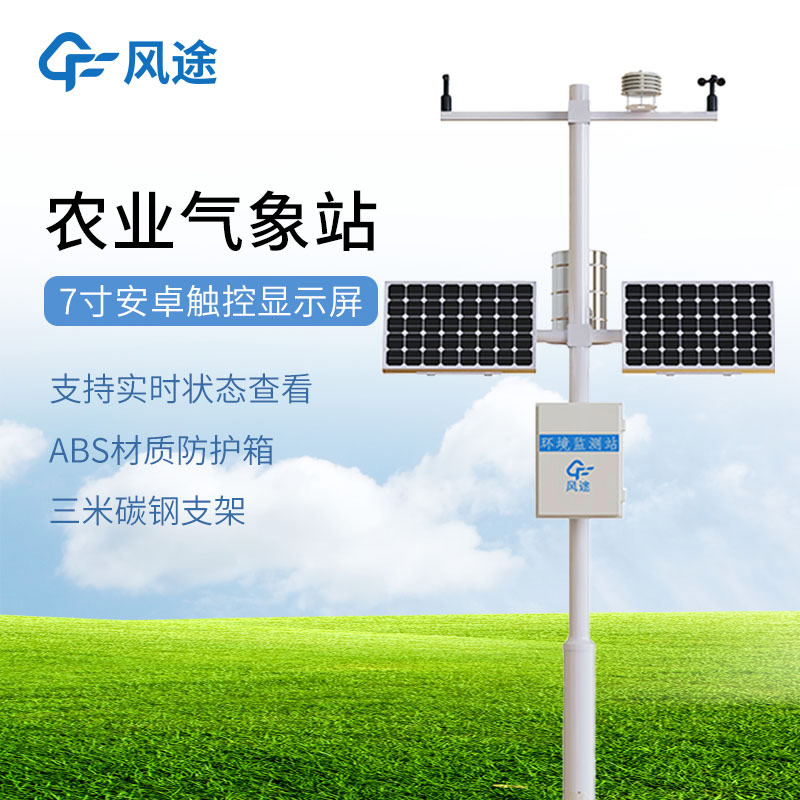Traditional agriculture relies on farmers' experience. The timing and quantity of sowing, irrigation, and fertilization are often determined by intuition, resulting in the yield and quality of crops being greatly influenced by natural and human factors, with significant fluctuations. The integration of technology has brought about changes in agriculture.
In agricultural production, technology is the primary productive force. Intelligent irrigation systems use sensors to monitor soil moisture and meteorological data, precisely controlling irrigation. This not only saves water but also meets the water needs of crops. Drones equipped with high - resolution cameras and multispectral sensors can quickly monitor farmland over large areas, promptly detect early signs of pests and diseases. After intelligent analysis to identify the types, pesticides can be applied precisely, reducing the use of pesticides and pollution.
Agricultural meteorological stations are instruments that demonstrate technology's support for agriculture. They can monitor parameters in real - time, such as soil temperature, humidity, pH value, nutrients, as well as air temperature and humidity, light intensity, and carbon dioxide concentration. Based on soil moisture data, farmers can accurately determine the timing and amount of irrigation. Referring to the soil nutrient content, they can fertilize rationally, avoiding soil compaction and environmental pollution while ensuring that crops have sufficient nutrients.
Similarly, the light data feedback from the monitors helps farmers adjust the planting density, select seeds, and regulate supplementary lights in protected agriculture. By monitoring the carbon dioxide concentration, farmers can ventilate or apply gas fertilizers to optimize the growth environment of crops, enhance the photosynthesis efficiency, and thus improve the yield and quality.
The application of technology in the agricultural field has increased the yield and quality of crops, improved production efficiency, reduced costs, and minimized the negative environmental impact. The popularization of equipment such as Agricultural meteorological stations has made agricultural production more refined, scientific, and intelligent, providing strong support for the sustainable development of agriculture.

Article address:https://www.sqqx.net/en/news/564.html

 +86 15898932201
+86 15898932201



